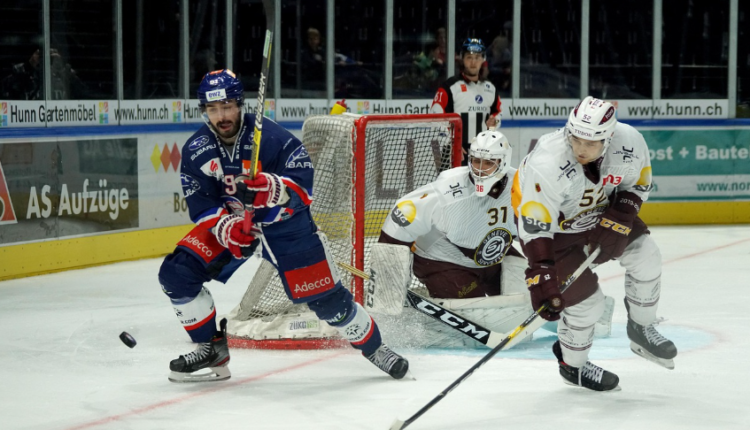Hockey is one of the most physical sports in the world, with a unique culture that includes fighting as a fundamental aspect of the game. While every position on the ice has the potential to drop the gloves, certain positions are more prone to engaging in fights than others. This article will explore which hockey position fights the most, what factors contribute to fighting frequency, and how fighting impacts the game and team dynamics.
The Role of Enforcers and Fighters in Hockey
In the history of hockey, certain players have been known as enforcers tough players who take on the role of protecting teammates and intimidating opponents. These players are often forwards, particularly wingers, who take on a physical role on the ice. Enforcers are expected to respond when an opponent takes liberties with a star player, which often leads to fights.
Defensemen can also engage in fights, but they generally focus more on positional play and defending their goaltender. Centers, on the other hand, are less likely to fight because they are often playmakers responsible for setting up offensive plays. However, in the past, many teams carried at least one enforcer on their fourth line to maintain a physical presence and keep opponents in check.
Enforcers typically have a high penalty minute count, which reflects their aggressive playing style. While the role of the traditional enforcer has declined in recent years due to rule changes and player safety concerns, fighters still play a strategic role in modern hockey.
Forwards – The Most Frequent Fighters in Hockey
Forwards, particularly wingers, are the most frequent fighters in hockey. This is due to their role in forechecking, physical play along the boards, and protecting their teammates. The left and right wings are positioned on the outer edges of the ice, where many battles for puck possession occur, leading to frequent physical confrontations.
Fourth-line wingers, in particular, are often tasked with playing a grinding, high-energy game. These players are not necessarily the most skilled offensively, but they make up for it with their aggressive play and willingness to stand up for teammates. Players in this role are sometimes called “grinders” or tough guys, and they are usually the ones who engage in fights to shift momentum or respond to a dirty hit.
In contrast, skilled forwards who play on the first or second line typically avoid fighting, as their primary role is to generate offense. However, even star players have been known to fight when emotions run high, particularly in rivalry games or playoff situations.
Defensemen and Their Role in Hockey Fights
Defensemen are often seen as the backbone of a hockey team, responsible for shutting down opposing forwards and protecting the goaltender. While defensemen do not fight as frequently as wingers, they still engage in fights under specific circumstances.
One reason defensemen fight is to protect their goaltender. If an opposing player makes contact with the goalie, a defenseman will often step in to send a message that such behavior will not be tolerated. Additionally, defensemen who play a physical, stay-at-home style are more likely to fight than those who focus on offensive contributions.
Some of the toughest players in NHL history have been defensemen who combined skill with a willingness to drop the gloves. While they may not fight as often as enforcers or wingers, defensemen still play a crucial role in the physical aspect of the game.
Centers – The Least Likely Fighters in Hockey
Among all positions in hockey, centers are the least likely to engage in fights. Centers have a unique role that requires them to focus on both offensive and defensive responsibilities, including faceoffs, setting up plays, and backchecking.
Because centers are often the most skilled and strategic players on the ice, they are generally not expected to fight. However, there are exceptions, particularly for two-way centers who play a gritty style of hockey. Some centers take on a leadership role and may fight to inspire their team or stand up for a teammate.
Despite this, the primary focus of a center is to control the flow of the game, making them less prone to engaging in fights compared to wingers and defensemen.
The Evolution of Fighting in Hockey
Fighting has long been a part of hockey’s culture, but its role in the game has evolved significantly over the years. In the past, teams carried designated enforcers who were primarily responsible for fighting and protecting skilled players. However, as the game has become faster and more skill-oriented, the role of the enforcer has diminished.
Rule changes, increased awareness of player safety, and stricter penalties for fighting have contributed to a decline in on-ice fights. Despite this, fighting still exists in hockey, with players stepping in to defend teammates, change momentum, or respond to a physical challenge.
While fighting may not be as prevalent as it once was, it remains an integral part of hockey’s culture, and certain positions particularly wingers are still more likely to engage in fights than others.
Conclusion
Based on historical and modern trends, wingers especially fourth line wingers fight the most in hockey. Their physical role, aggressive forechecking, and responsibility to stand up for teammates make them the most frequent fighters on the ice. Defensemen also engage in fights, particularly when protecting their goaltender, while centers are the least likely to fight due to their playmaking responsibilities.
Although fighting in hockey has declined, it still serves a purpose in maintaining team chemistry, deterring cheap shots, and igniting a team’s energy. While enforcers are no longer as common, tough and physical players still play a crucial role in the game. Understanding which position fights the most provides insight into the physical nature of hockey and the different roles players take on to support their team.


Comments are closed, but trackbacks and pingbacks are open.